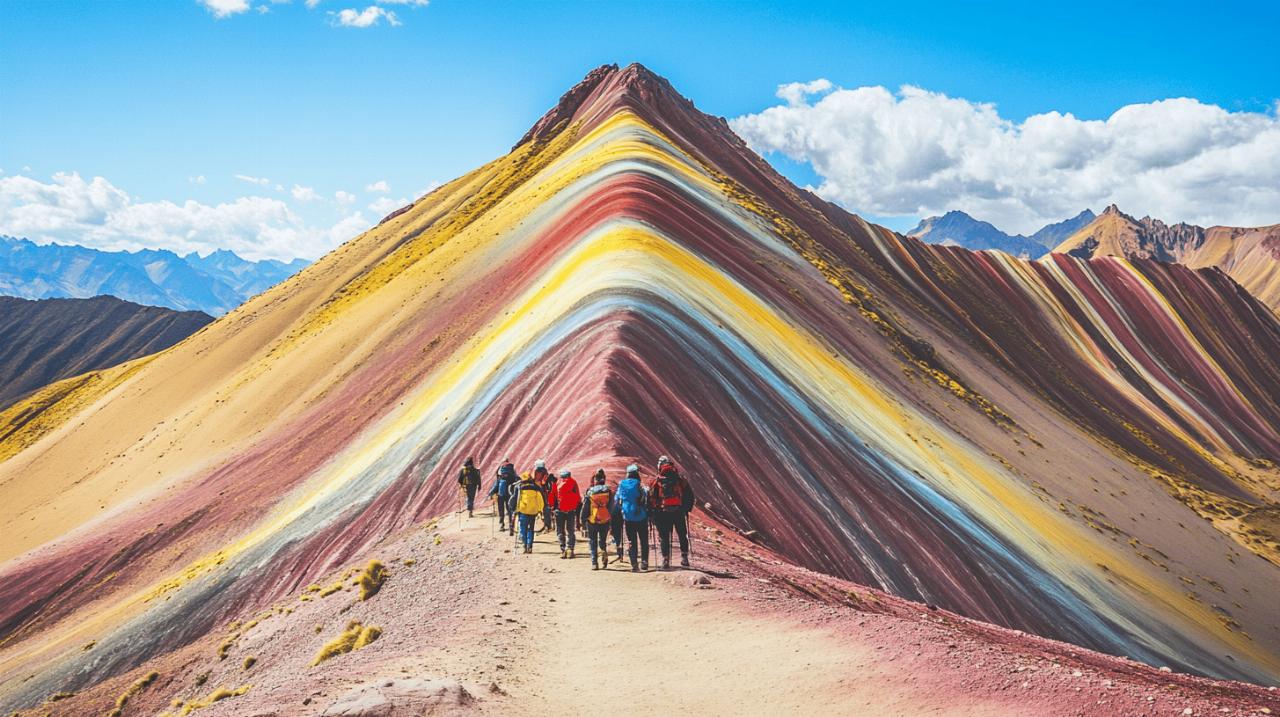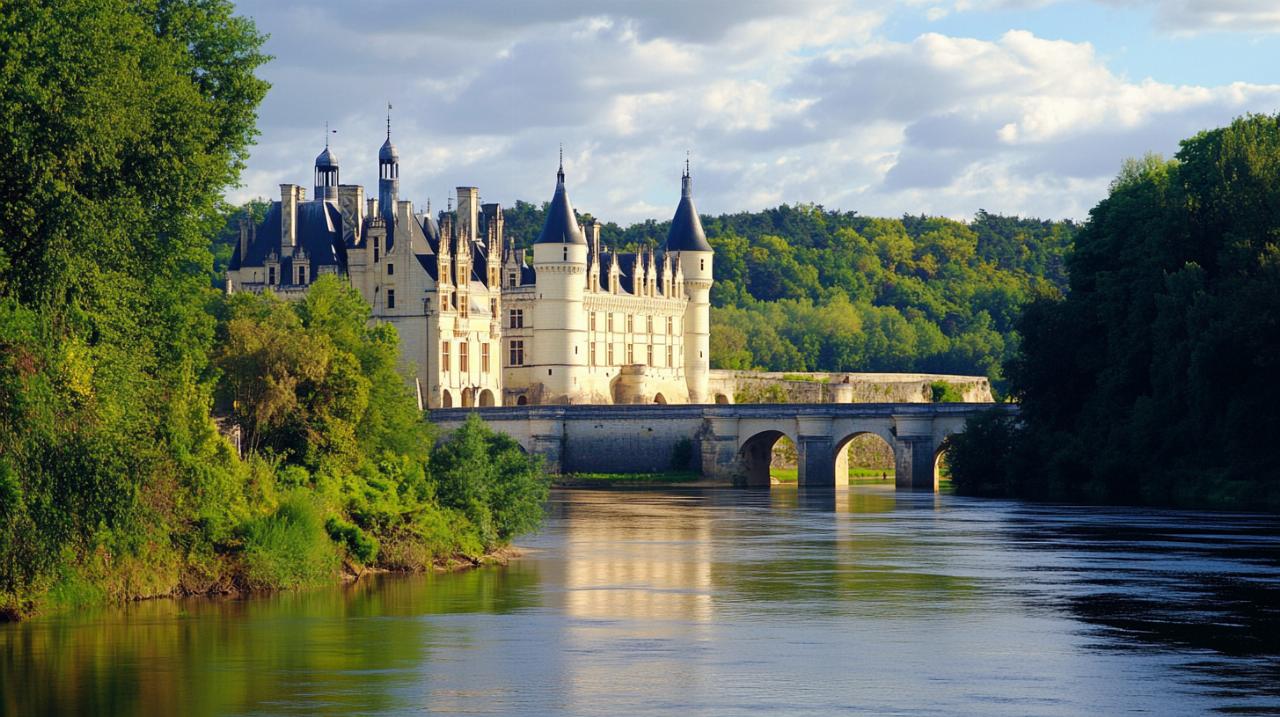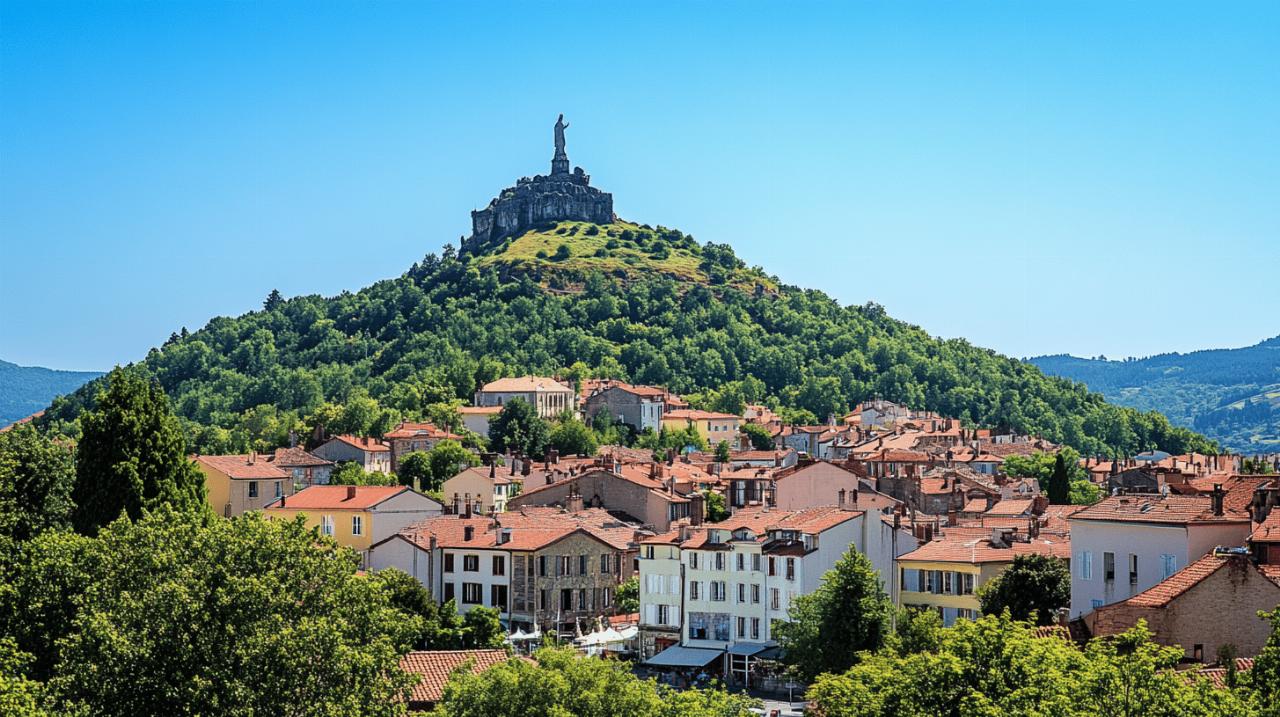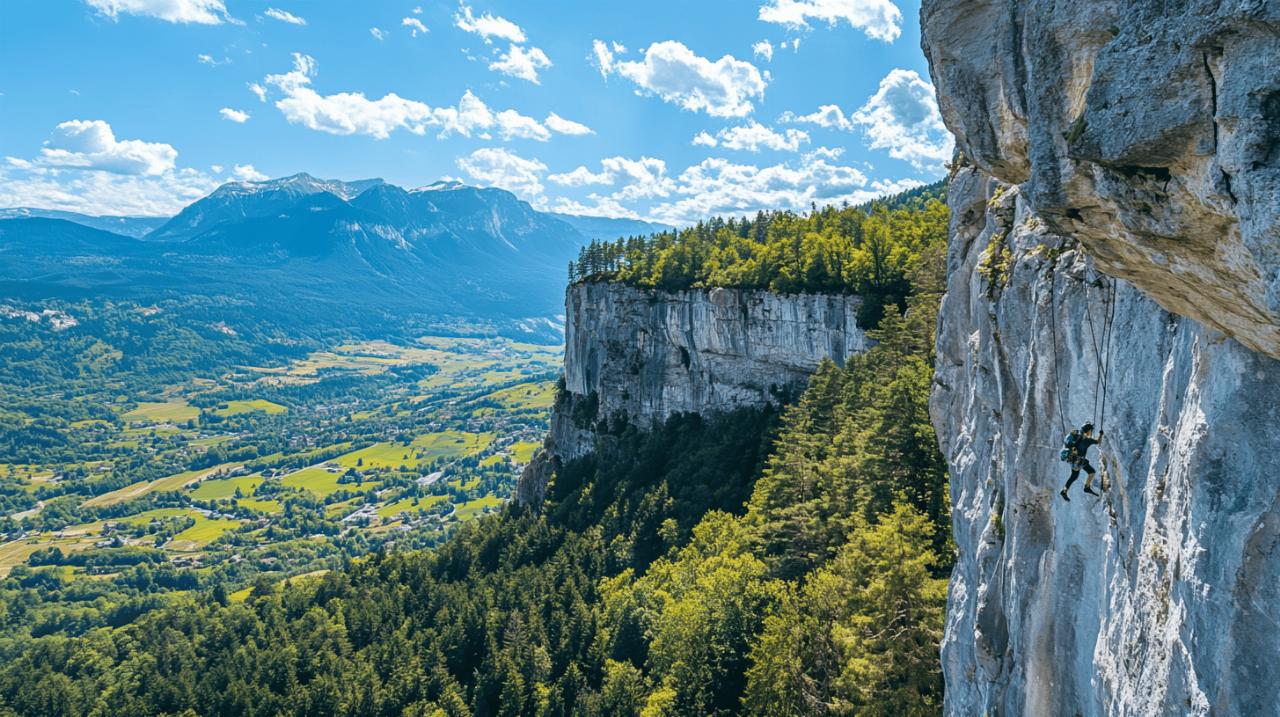Trekking to Vinicunca is no ordinary walk in the countryside. Nestled high in the Peruvian Andes, this geological masterpiece captivates visitors with its extraordinary bands of colour, earning it the affectionate moniker of Rainbow Mountain. For those dreaming of an adventure that combines physical challenge with breathtaking natural beauty, planning a trip to this spectacular site requires careful preparation and a spirit of adventure. With the right approach, acclimatisation, and a touch of local guidance, your journey to the Mountain of Seven Colours will be a highlight of any South American itinerary.
Preparing for Your Journey: Acclimatisation and Getting to Vinicunca
Acclimatising in cusco: why taking time matters
Before you even think about setting foot on the trail to Rainbow Mountain, you must give your body a fighting chance to adapt to the altitude. Cusco, the historical gateway to the Andes and former heart of the Inca empire, sits at approximately three thousand three hundred metres above sea level. This altitude alone can make newcomers feel breathless, but it is a crucial starting point for acclimatisation. Spending at least two or three days in Cusco allows your body to adjust to the reduced oxygen levels, reducing the risk of altitude sickness, which locals call soroche. During this period, it is wise to take things easy. Wander the cobbled streets, visit local markets, and perhaps explore the Sacred Valley at a leisurely pace. Drinking plenty of water and avoiding alcohol also helps the body adapt. Many seasoned trekkers recommend chewing coca leaves or sipping coca tea, a traditional remedy that has been used for centuries in the region. The extra days in Cusco are not wasted; they are an investment in your health and enjoyment of the trek ahead. Ignoring this advice and rushing straight to Vinicunca from Lima is a gamble that can result in severe headaches, nausea, and an early end to your adventure.
The Route from Cusco to Cusipata: What to Expect
The journey from Cusco to the starting point of the Rainbow Mountain trek is an adventure in itself. Most organised tours depart in the early hours, often around three in the morning, to beat the crowds and catch the best light for photography. The drive takes approximately three to four hours, winding through remote Andean landscapes dotted with traditional villages and herds of alpacas grazing on the slopes. The route typically passes through Cusipata, a small town that serves as a gateway to Vinicunca. From Cusipata, the road narrows and becomes rougher, eventually reaching the trailhead near the village of Phulawasipata. The scenery during this drive is nothing short of spectacular, with snow-capped peaks looming in the distance and valleys carved by centuries of geological activity. For those opting to travel independently, buses from Cusco to Cusipata are available, followed by a taxi ride to the trailhead. However, booking a guided tour simplifies logistics, as reputable agencies like Conde Travel, Salkantay Trekking, and Machu Picchu Amazon Peru handle transport, entrance fees, and meals. This allows you to focus on the experience rather than worrying about the finer details of the journey.
Conquering the Altitude: The Trek to Rainbow Mountain
Understanding the Physical Demands and Altitude Challenges
The trek to Vinicunca is not a casual stroll. At its highest point, the mountain reaches approximately five thousand two hundred metres above sea level, making it higher than any peak in Western Europe. The thin air at this altitude means every step requires more effort, and even the fittest hikers may find themselves pausing frequently to catch their breath. The hike from the trailhead to the viewpoint covers roughly five kilometres and takes between two and three hours, depending on your pace and level of fitness. The path begins relatively flat as it winds through a wide valley, but the final ascent becomes steep and relentless. The landscape is stark and beautiful, with rocky outcrops and tufts of hardy grass clinging to the slopes. Along the way, you may encounter local families offering horses for hire, which can be a lifesaver for those struggling with the altitude. These horses are sturdy and sure-footed, accustomed to the challenging terrain. The return journey is faster, typically taking around an hour and a half, as the descent is much easier on the lungs and legs. Despite the physical demands, the sense of achievement upon reaching the viewpoint is immense, and the sight of Vinicunca's vibrant stripes stretching across the mountainside makes every laboured breath worthwhile.
Pacing yourself and preventing soroche: essential health tips
Altitude sickness is a genuine concern when trekking at such extreme heights, and recognising the symptoms early is crucial. Headaches, dizziness, nausea, and shortness of breath are common indicators that your body is struggling to adapt. The key to avoiding serious issues is to pace yourself and listen to your body. Walking slowly and steadily, rather than rushing, allows your heart and lungs to work more efficiently. Many guided tours carry portable oxygen tanks, which can provide relief if symptoms become severe. Drinking water frequently is essential, as dehydration exacerbates the effects of altitude. Eating light snacks, such as energy bars or fruit, helps maintain energy levels without overwhelming your digestive system. Some travellers also take medication like acetazolamide, which aids acclimatisation, though it is best to consult a doctor before relying on pharmaceutical solutions. If you begin to feel unwell, it is vital to communicate with your guide immediately. Descending even a few hundred metres can make a significant difference, and there is no shame in turning back if necessary. The mountains will always be there for another attempt, but your health is irreplaceable.
Making the Most of Your Experience: Tours, Guides, and What to Bring
Choosing a Reputable Guide and Understanding Tour Inclusions
 Selecting the right tour operator can make or break your Rainbow Mountain experience. Reputable agencies such as Voyagers Travel, Conde Travel, and Salkantay Trekking offer comprehensive packages that include transportation, bilingual guides, entrance fees, and meals. These companies have years of experience navigating the logistics of high-altitude treks and prioritise safety and customer satisfaction. A knowledgeable guide does more than simply lead the way; they provide context and insight into the geological and cultural significance of Vinicunca. They can explain how the mountain's colours are the result of mineral deposits such as iron oxide, sulphur, and chlorite, layered over millions of years. They also share stories about the local communities who call this remote region home and rely on tourism for their livelihoods. Most tours include a hearty buffet lunch, often served at a nearby village after the trek. This meal is a welcome reward after hours of exertion and offers a chance to sample traditional Peruvian dishes. When comparing tour prices, which can range from thirty dollars to three hundred dollars, it is important to consider what is included. Cheaper options may cut corners on transport or guide quality, while more expensive packages often include smaller group sizes and additional amenities. Investing in a quality tour ensures a smoother, safer, and more enriching experience.
Selecting the right tour operator can make or break your Rainbow Mountain experience. Reputable agencies such as Voyagers Travel, Conde Travel, and Salkantay Trekking offer comprehensive packages that include transportation, bilingual guides, entrance fees, and meals. These companies have years of experience navigating the logistics of high-altitude treks and prioritise safety and customer satisfaction. A knowledgeable guide does more than simply lead the way; they provide context and insight into the geological and cultural significance of Vinicunca. They can explain how the mountain's colours are the result of mineral deposits such as iron oxide, sulphur, and chlorite, layered over millions of years. They also share stories about the local communities who call this remote region home and rely on tourism for their livelihoods. Most tours include a hearty buffet lunch, often served at a nearby village after the trek. This meal is a welcome reward after hours of exertion and offers a chance to sample traditional Peruvian dishes. When comparing tour prices, which can range from thirty dollars to three hundred dollars, it is important to consider what is included. Cheaper options may cut corners on transport or guide quality, while more expensive packages often include smaller group sizes and additional amenities. Investing in a quality tour ensures a smoother, safer, and more enriching experience.
Essential Kit for the Trek: Walking Boots, Camera, and More
Packing appropriately for the Rainbow Mountain trek is essential, as the weather can be unpredictable and the conditions challenging. Sturdy hiking boots with good ankle support are non-negotiable, as the terrain is rocky and uneven. Wearing multiple layers is the best strategy, as temperatures can fluctuate dramatically throughout the day. A waterproof jacket is vital, even during the dry season, as sudden rain showers are not uncommon at this altitude. A warm fleece or down jacket provides insulation against the biting wind near the summit. Sun protection is equally important, as the intensity of ultraviolet rays increases with elevation. A wide-brimmed hat, high-factor sunscreen, and polarised sunglasses protect against sunburn and glare. Bringing a reusable water bottle and plenty of snacks, such as nuts or chocolate, helps maintain energy levels. A small backpack is ideal for carrying these essentials without weighing you down. Of course, no trip to Vinicunca would be complete without a camera or smartphone to capture the stunning vistas. The play of light on the coloured stripes creates constantly changing patterns, and the surrounding peaks provide a dramatic backdrop. It is also wise to carry some cash, as the ten soles entrance fee is payable at the trailhead, and you may wish to tip your guide or hire a horse along the way.
Beyond vinicunca: extending your peruvian adventure
Combining Your Trek with a Visit to Machu Picchu
While Vinicunca is undoubtedly a highlight of any trip to Peru, the Cusco region offers a wealth of other attractions that deserve your attention. No visit to this part of the world would be complete without exploring Machu Picchu, the iconic Inca citadel perched on a mountain ridge above the Urubamba River. Combining a trek to Rainbow Mountain with a visit to Machu Picchu is a popular choice among travellers, as both sites offer unique insights into Peru's natural and cultural heritage. Many tour operators, including Voyagers Travel and Machu Picchu Amazon Peru, offer multi-day packages that seamlessly integrate these experiences. The journey to Machu Picchu can be undertaken by train from Cusco or Ollantaytambo, or via one of the famous trekking routes such as the Inca Trail or Salkantay Trek. Each route offers its own rewards, from ancient ruins to lush cloud forests. After the physical demands of Rainbow Mountain, spending a day or two exploring the Sacred Valley provides a more relaxed pace while still immersing yourself in the region's rich history. The town of Pisac, with its bustling market and impressive archaeological site, is a particular favourite among visitors.
Exploring the Ausangate Region and Other Trekking Options
For those with a thirst for further adventure, the Ausangate region offers some of the most dramatic and remote trekking in the Andes. Ausangate itself is the highest mountain in the Cusco region, with a peak reaching six thousand three hundred and eighty-five metres, and is considered sacred by local communities. Multi-day treks around Ausangate take in stunning alpine scenery, high-altitude lakes, and the lesser-known Palccoyo and Pallay Punchu rainbow mountains. These alternative sites offer similar geological wonders to Vinicunca but see far fewer visitors, making them ideal for those seeking solitude and a deeper connection with nature. Other trekking options in the region include the Choquequirao Trek, which leads to an Inca site often described as Machu Picchu's sister city, and the Huchuy Qosqo Trek, which combines cultural and natural highlights. For wildlife enthusiasts, the Amazon basin is easily accessible from Cusco, with destinations such as Manu National Park, Tambopata, and Iquitos offering immersive jungle experiences. Whether you spend your time in the highlands or the lowlands, Peru's diverse landscapes ensure that every day brings new discoveries and unforgettable memories.







